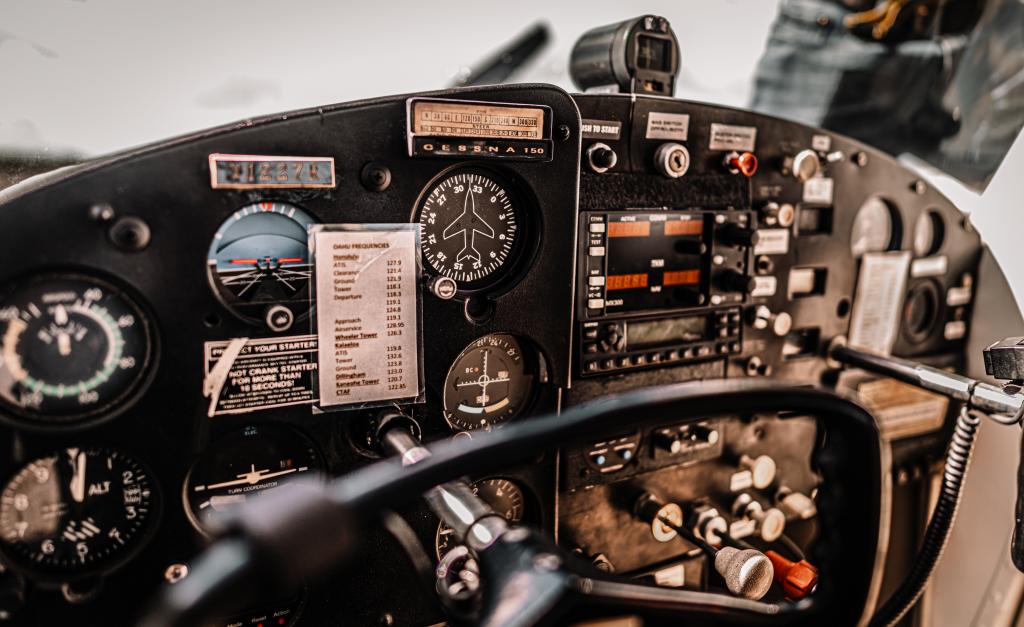The use to which you put your land may be authorised and, from your point of view, entirely inoffensive, but it can still be anathema to your neighbours. That was sadly so in a High Court case concerning a woodland burial ground and an adjoining private airfield.
The airfield was laid out on farmland in the 1940s and used to train Spitfire pilots. Its current tenant used it on a commercial basis for light aircraft and leisure flying. About 12,000 trees had been planted on neighbouring land which was used by its owners as a burial ground for human and animal remains.
The tenant launched proceedings on the basis that trees on the neighbours’ land had reached such a height as to interfere with the safe operation of the airfield. It pointed out that, under the terms of a 1993 conveyance, it enjoyed an unrestricted right – in legal terms, an easement – to use at a safe height the airspace above the neighbours’ land for the passage of aircraft.
Ruling on the matter, the Court noted that, in 1993, the neighbours’ land was entirely open. There was evidence that some of the trees planted since then posed a hazard in that they forced aircraft to make steeper approaches than their pilots would wish. Pilots were entitled to insist on 20 feet of clear airspace beneath them as they crossed the boundary between the two properties.
On the basis that some of the trees planted close to the end of runways substantially interfered with the tenant’s easement, the Court issued an injunction requiring them to be felled or cut back sufficiently to allow the required 20 feet of clearance at the boundary. The order did not permit pilots to fly at that height over the entirety of the neighbours’ land and its precise terms would be considered at a further hearing.
The Court noted that trees inevitably grow and that there would need to be give and take on both sides in order to avoid further conflict and to protect the safety both of those on the ground and in the air. It was a great shame that the parties had fought the case to the bitter end rather than resolving their differences outside court.
